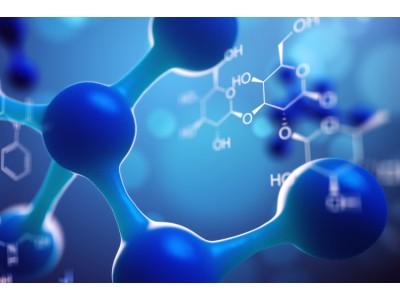| Bioactivity | Furosemide sodium is a potent and orally active inhibitor of Na+/K+/2Cl- (NKCC) cotransporter, NKCC1 and NKCC2[1]. Furosemide sodium is also a GABAA receptors antagonist and displays 100-fold selectivity for α6-containing receptors than α1-containing receptors. Furosemide sodium acts as a loop diuretic and used for the study of congestive heart failure, hypertension and edema[2]. |
| Target | IC50: NKCC1 and NKCC2IC50: GABAA receptors |
| Invitro | Furosemide sodium (500 µM; 72-96 hours) significantly changes the proliferation rates in MKN45 cells (the poorly differentiated human gastric adenocarcinoma cell line). however, it has no effects on MKN28 cells (the moderately differentiated human gastric adenocarcinoma cell line). The growth rate of MKN45 cells is larger than that of MKN28 cells[4].Furosemide sodium (10 µM, 30 µM, 100 µM; 45 min exposure)significantly decreases cation channel activity and [Ca(2+)](i) in human erythrocytes drawn from healthy individuals. Tert-butylhydroperoxide similarly enhances the non-selective cation channels activity, increases [Ca(2+)](i) and triggered cell membrane scrambling, however, the effects is significantly blunted by Furosemide sodium again[5]. |
| In Vivo | Furosemide sodium (intraperitoneal injection; 100 mg/kg; single dose) is injected after kanamycin (KM) (1000 mg/kg) to creat a deaf mouse model in C57BL/6 mouse. After injection, hearing loss and cochlear hair cell damage are evaluated on day 1, day 2 and day 3, respectively. The hearing is markedly deteriorated even from the next day (Day-1 group), OHCs (outer hair cell) morphology of apical, middle and basal turns are disorganized in mice on day3[1]. |
| Name | Furosemide sodium |
| CAS | 41733-55-5 |
| Formula | C12H10ClN2NaO5S |
| Molar Mass | 352.73 |
| Appearance | Solid |
| Transport | Room temperature in continental US; may vary elsewhere. |
| Storage | 4°C, sealed storage, away from moisture *In solvent : -80°C, 6 months; -20°C, 1 month (sealed storage, away from moisture) |
| Reference | [1]. C M Gillen, et al. Molecular cloning and functional expression of the K-Cl cotransporter from rabbit, rat, and human. A new member of the cation-chloride cotransporter family. J Biol Chem. 1996 Jul 5;271(27):16237-44. [2]. S A Thompson, et al. Residues in transmembrane domains I and II determine gamma-aminobutyric acid type AA receptor subtype-selective antagonism by Furosemide sodium. Mol Pharmacol. 1999 Jun;55(6):993-9. [3]. Shin Hye Kim, et al. Novel Peptide Vaccine GV1001 Rescues Hearing in Kanamycin/Furosemide sodium-Treated Mice. Front Cell Neurosci. 2018 Jan 19;12:3. [4]. Atsushi Shiozaki , et al. Furosemide sodium, a blocker of Na+/K+/2Cl- cotransporter, diminishes proliferation of poorly differentiated human gastric cancer cells by affecting G0/G1 state. J Physiol Sci. 2006 Dec;56(6):401-6. [5]. Yuliya V Kucherenko, et al.Inhibitory effect of Furosemide sodium on non-selective voltage-independent cation channels in human erythrocytes.Cell Physiol Biochem. 2012;30(4):863-75. |

Furosemide sodium
CAS: 41733-55-5 F: C12H10ClN2NaO5S W: 352.73
Furosemide sodium is a potent and orally active inhibitor of Na+/K+/2Cl- (NKCC) cotransporter, NKCC1 and NKCC2. Furose
Sales Email:peptidedb@qq.com
This product is for research use only, not for human use. We do not sell to patients.